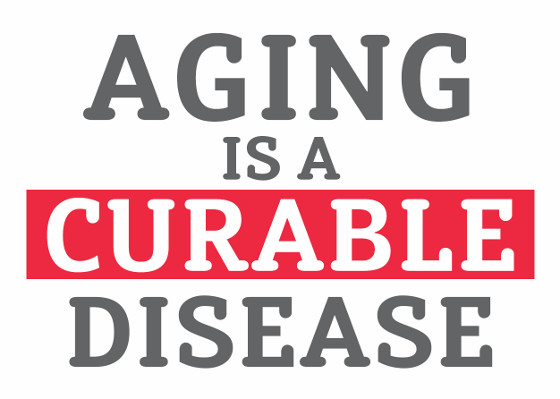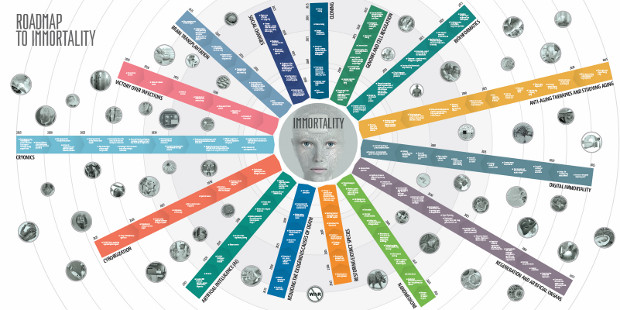Learning More About the Role of SIRT3 in Aging
One of the side-effects resulting from members of the research community now being far more willing to talk openly about engineering human longevity or building therapies for aging is that university publicity offices are now far more willing to write materials that sound like something the "anti-aging" market would come up with. That's not great, but it is what it is - as for the mass media and marketing, the primary incentives for these folk have nothing to do with truth, accuracy, or helping the public understand the actual relevance of a particular research result. If any of those things happen, it's either by accident or because they help achieve the real goals of the publicity group. Bear that in mind while reading the release materials linked below.
Sirtuins have been a hot topic in aging research - largely undeservedly as it turned out - for some years, the large sums of money flowing into that field of research helping to drive enthusiasm for the slow, expensive road of slowing aging by metabolic manipulation. Most of the relevant research community, those who might be working on SENS or other rejuvenation biotechnologies if the money was there, work towards similar goals. They are producing knowledge rather than applications that can influence human lifespan, and have little expectation of producing anything more than knowledge for decades to come. Knowledge is never useless, but this path is not likely to deliver meaningful extension of human life in time to matter to us, nor is it likely to produce technologies that will help people who are already aged.
There are a number of different sirtuins, and while research initially focused on SIRT1, it is SIRT3 and SIRT6 that have generated the more interesting results in the past couple of years. SIRT3 is the topic for today, a mitochondrial protein - it is noteworthy to see just how many longevity-related genes and proteins are connected to the mitochondria in some way. Calorie restriction is noted to boost levels of SIRT3, and SIRT3 is thought to promote antioxidant activity in cells, reducing damage in the places where oxidants are produced as a side-effect of the operation of metabolism - something that you can't achieve by ingesting antioxidants, I should add.
Here, researchers demonstrate a modest reversal of one small aspect of the breadth of aging biology by boosting levels of SIRT3 in old mice:
Discovery opens the door to a potential 'molecular fountain of youth'
The researchers first observed the blood system of mice that had the gene for SIRT3 disabled. Surprisingly, among young mice, the absence of SIRT3 made no difference. It was only when time crept up on the mice that things changed. By the ripe old age of two, the SIRT3-deficient mice had significantly fewer blood stem cells and decreased ability to regenerate new blood cells compared with regular mice of the same age.What is behind the age gap? It appears that in young cells, the blood stem cells are functioning well and have relatively low levels of oxidative stress, which is the burden on the body that results from the harmful byproducts of metabolism. At this youthful stage, the body's normal anti-oxidant defenses can easily deal with the low stress levels, so differences in SIRT3 are less important.
"When we get older, our system doesn't work as well, and we either generate more oxidative stress or we can't remove it as well, so levels build up. Under this condition, our normal anti-oxidative system can't take care of us, so that's when we need SIRT3 to kick in to boost the anti-oxidant system. However, SIRT3 levels also drop with age, so over time, the system is overwhelmed."
To see if boosting SIRT3 levels could make a difference, the researchers increased the levels of SIRT3 in the blood stem cells of aged mice. That experiment rejuvenated the aged blood stem cells, leading to improved production of blood cells.

